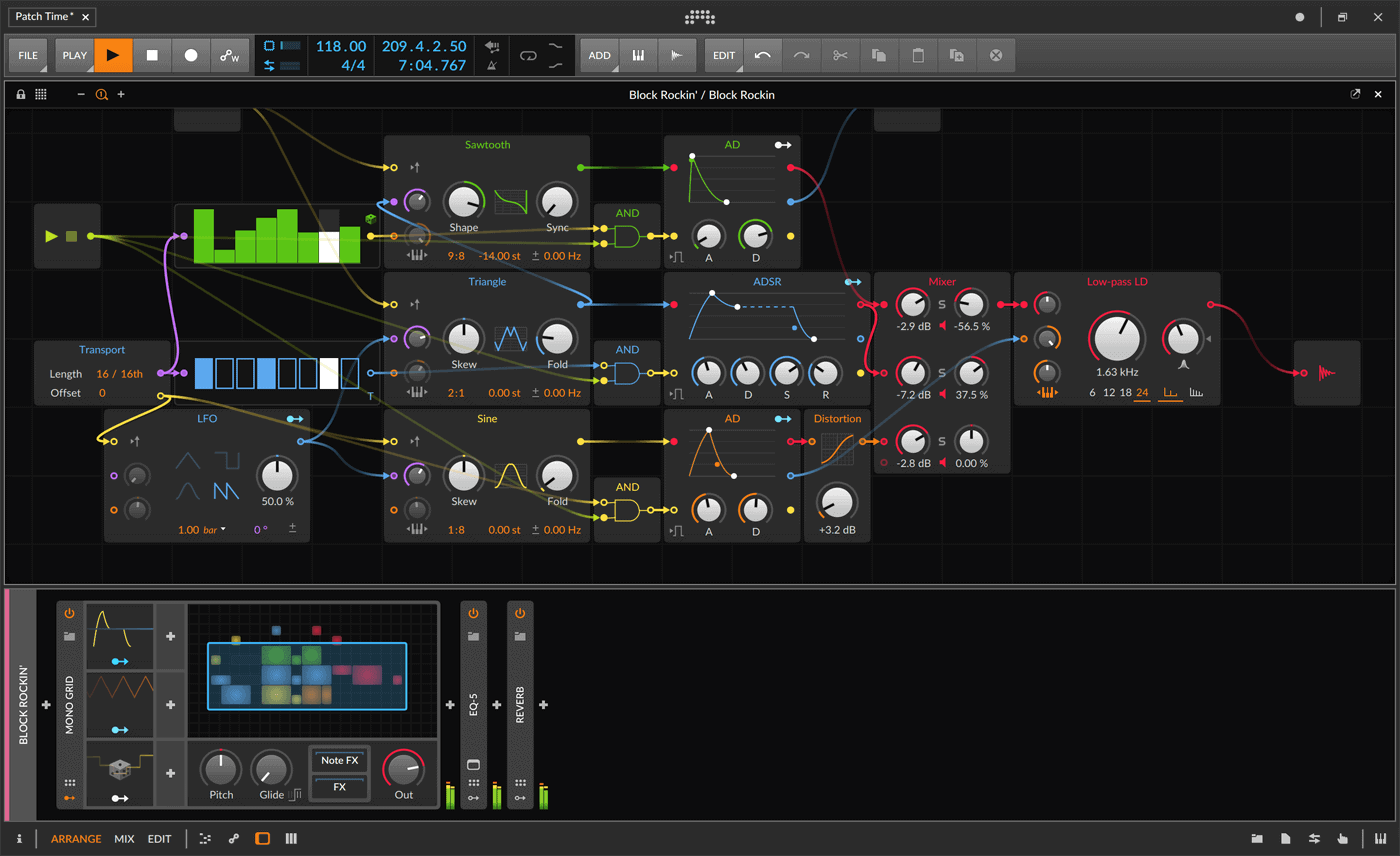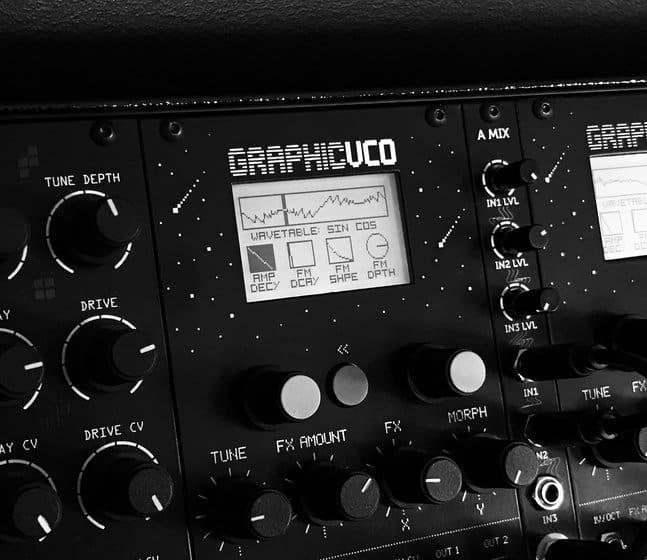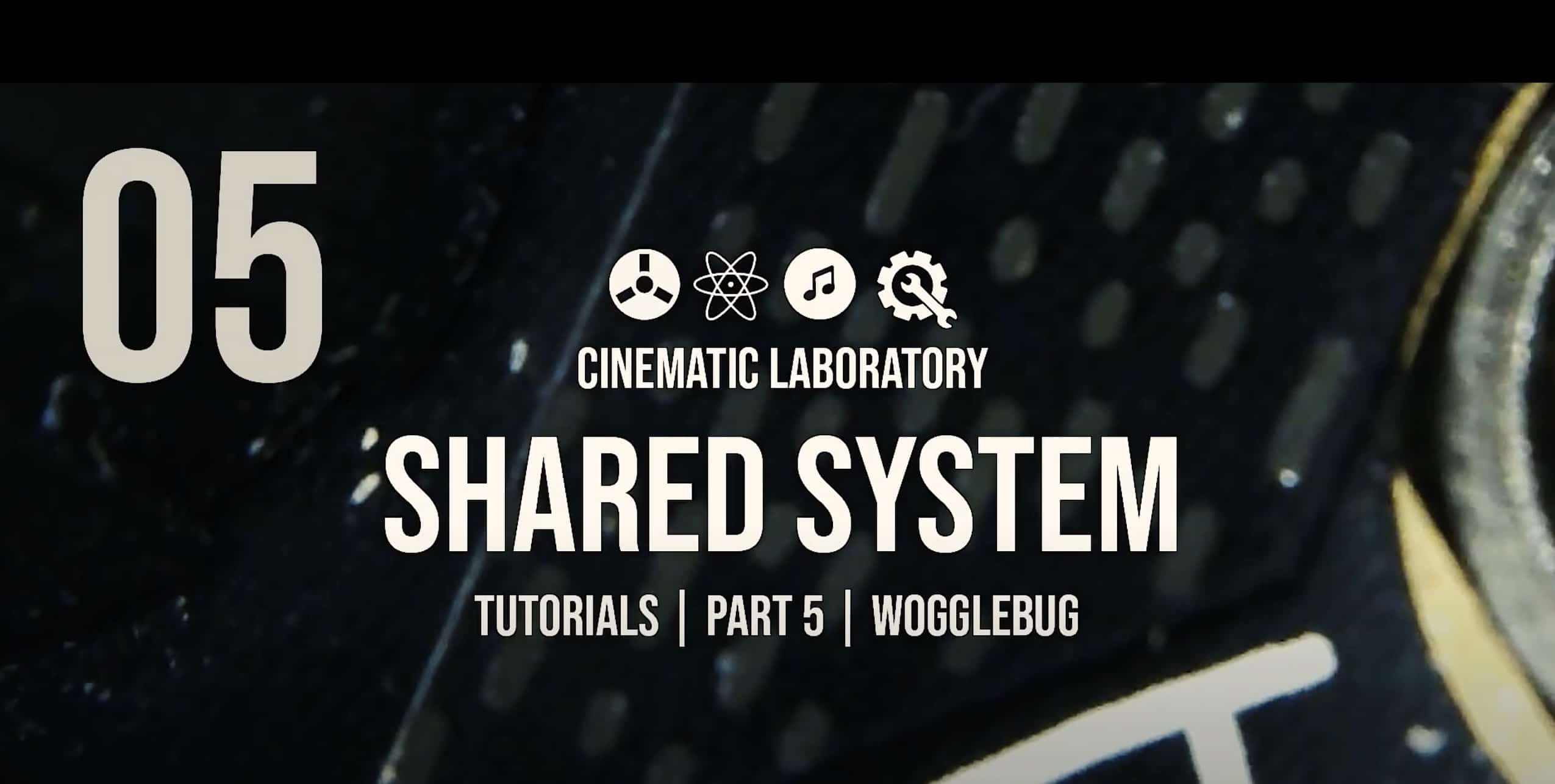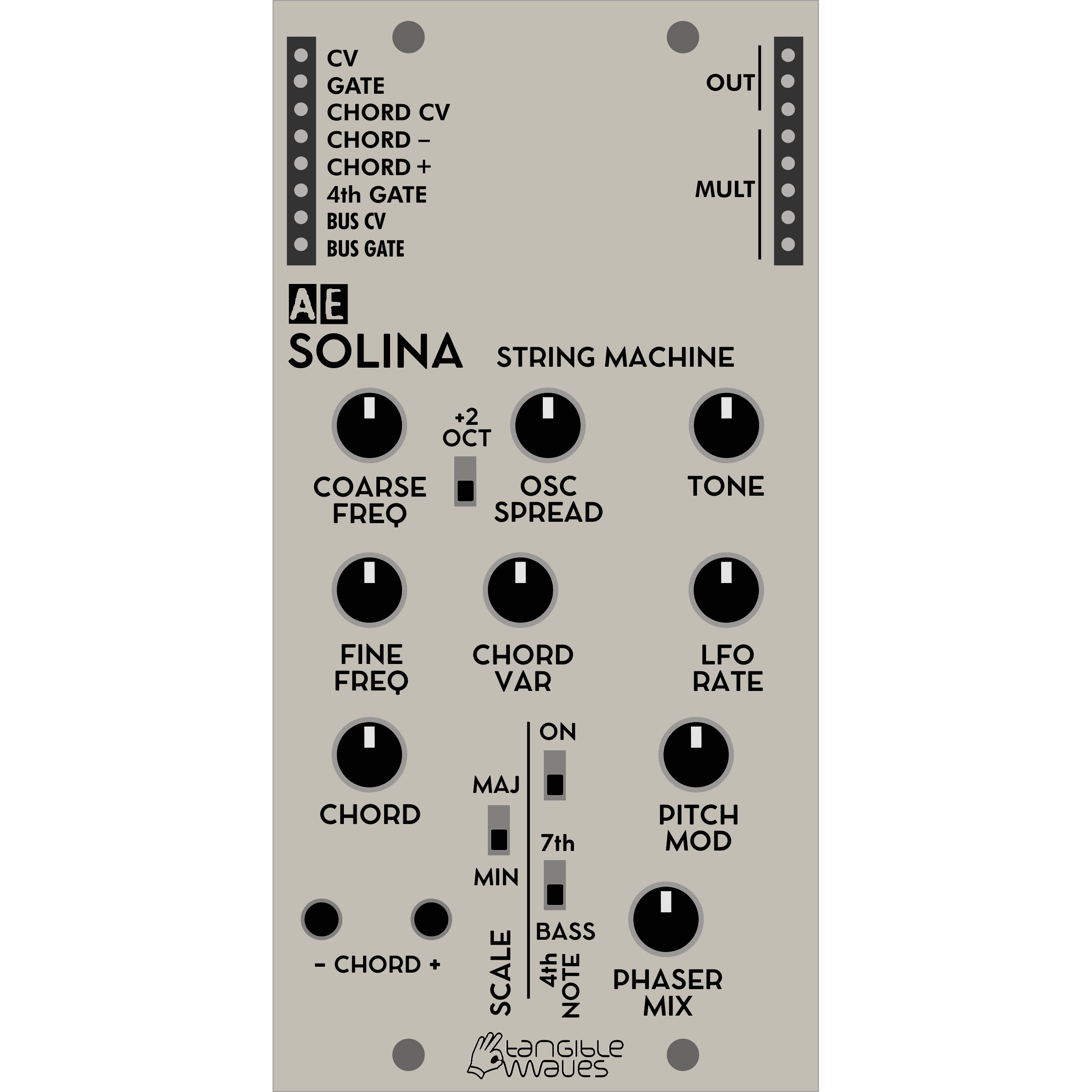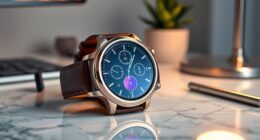Bitwig Studio is a professional Digital Audio Workstation (DAW) for Windows, macOS, and Linux. The software aims to offer a super-fast workflow for sound design, recording, live performance, and beyond.
- A comprehensive package including 80+ instruments and effects
- Over 10 GB of sound content from Bitwig and selected partners
- Support for standard audio interfaces and controllers
- A modulation system
- Premium hardware integration

Bitwig Studio 3 Overview
- The Grid, a modular sound design environment sporting 154 modules and lightning-fast workflows
- Poly Grid device: for creating synthesizers, sequenced patches, and more
- FX Grid device: for creating audio FX with optional voice stacking
- Automatic Project Backups, each time you re-save a project
- Real-time Ruler, showing timelines in minutes and seconds
- Ableton LINK version 3, supporting start/stop synchronization
- Global GUI Contrast settings, making the interface pop on any monitor
- Redesigned Instrument Inspector, offering polyphony, two mono voice modes, and more
- VU Meters in Routing Choosers, showing the signal you are looking for
- Reworked audio backends, sporting timing improvements on all platforms
ENTER THE GRID
Modularity has been at the core of Bitwig Studio from the beginning. Devices can be nested, clips are containers, modulators exist everywhere, and practically anything can be dragged anywhere. But with Bitwig Studio 3, we are zooming out so you can push in.
The Grid is an open modular environment that powers a family of new devices in Bitwig Studio 3: Poly Grid and FX Grid. With a vast library of modules and a supersonic workflow, you’ll be creating your own unique sounds immediately, and in high-fidelity. Simply add a Grid device to your project and start patching.
The Grid offers:
- Fully-modular sound design
- Fantastic sound quality
- 150+ modules
- Any signal, anywhere
- Lighting-fast workflow
- 4x-oversampled, stereo signal path
Create a polyphonic synthesizer from scratch. Produce an audio effect with your sound. Shape your music with procreative drones until you discover a new approach to produce. With grid, you can create the undefinable like with a hardware-based modular system.
What’s New in Bitwig Studio 3.0
NEW FEATURES
- The Grid, Bitwig Studio’s new modular sound-design environment, comprising a library of 154 modules, a bevy of editing gestures, and interactive assistance that is always on hand
- Revamped instrument Inspector Panel for all Bitwig devices that support polyphony. Now with three voice modes (polyphony and two flavors of mono), Voice Stacking, and more.
- Optional Realtime Ruler, for showing time in MINUTEs:SECONDs.MILLISECONDs (enable via the right-click context menu in ruler area)
- Automatic project backups, keeping a copy of the most recent project file within the project folder each time you hit save
- VU Meters in routing choosers, allowing you to see the signal you are looking for
- Converting devices (e.g., EQ-2 to EQ-5) is now possible by right-clicking on the device header
- Added manual mapping actions for Activate, Deactivate, Toggle Active, and Activate Exclusively of a track or group track header
- Ableton Link version 3 support, allowing you to synchronize the start and stop of the transport
- Global GUI Contrast settings, to better adapt to different lighting conditions
- Added controller support for Keith McMillen Instruments’s K-Board Pro 4
THE GRID
- New device: Poly Grid, a new Grid device for creating instruments, be them mono-/poly-synths, samplers, sequenced patches, cascading drones, or anything else you might imagine.
- New device: FX Grid, a new Grid device for creating audio effects, including the option of Voice Stacking, and the ability to create polyphonic effects with voice management.
- 200+ Grid factory presets in the sound content updates
- Ability to convert between the different Grid devices, or to copy–paste contents between different instances
- Gestures for replacing modules, reordering modules, inserting modules with cables in place, and inserting modules together with routing modules (such as a mixer or adder)
- Wireless pre-cords,
- All signals in The Grid are oversampled at 400% your current sample rate
- All signals in The Grid are stereo, with various modules configured to easily “stereo-ize” any signal
- Interactive documentation for any module by selecting it, and then pressing the [F1] key or clicking Show Help in the Inspector Panel
- Automatic scopes in the Inspector Panel, showing all signals entering and exiting the selected module
- Updated manual for Bitwig Studio 3, with a new chapter on The Grid
- 16 categories covering 154 modules:
- I/O (18) – Terminal modules for signals entering or exiting this Grid device
- Audio In, Gate In, Phase-In, Pitch In, Pressure In, Timbre In, Velocity In, Audio Out, Audio Sidechain, HW In, HW Out, CV In, CV Out, CV Pitch Out, Key On, Keys Held, Transport Playing, Modulator Out
- Display (7) – Visualization and note-taking modules
- Label, Comment, Oscilloscope, Spectrum, VU Meter, XY, Value Readout
- Phase (14) – Modules that output wrapped phase signals
- Phasor, Ø Bend, Ø Reset, Ø Scaler, Ø Reverse, Ø Wrap, Ø Counter, Ø Formant, Ø Lag, Ø Mirror, Ø Shift, Ø Sinemod, Ø Skew, Ø Sync
- Data (10) – Lookup modules that are read with incoming phase signals
- Gates, Pitches, Steps, Triggers, Probabilities, Ø Pulse, Ø Saw, Ø Sine, Ø Triangle, Ø Window
- Oscillator (7) – Periodic signal generators based on waveforms or samples
- Pulse, Sawtooth, Sine, Triangle, Phase-1, Swarm, Sampler
- Random (4) – Aperiodic and randomized signal generators
- Noise, S/H LFO, Chance, Dice
- LFO (3) – Periodic low-frequency oscillators
- LFO, Clock, Transport
- Envelope (4) – Modules that produce or extract an envelope, often with a normal amplifier
- ADSR, AD, AR, Follower
- Filter (6) – Frequency-dependent amplifiers
- Low-pass LD, Low-pass SK, SVF, High-pass, Low-pass, Comb
- Shaper (6) – Various linear and nonlinear waveshapers
- Chebyshev, Distortion, Quantizer, Rectifier, Wavefolder, Curve
- Delay (5) – Delay functions, some allowing patched feedback
- Delay, Long Delay, Mod Delay, All-pass, Recorder
- Mix (10) – Signal routing and mixing modules
- Blend, Mixer, LR Mix, Select, Toggle, Merge, Split, Stereo Merge, Stereo Split, Stereo Width
- Level (17) – Amplitude-based functions, values, and converters
- Level, Value, Attenuate, Bias, Gain – Vol, Gain – dB, Average, Lag, Bend, Clip, Level Scaler, Value Scaler, AM/RM, Hold, Sample / Hold, Bi→Uni, Uni→Bi
- Pitch (5) – Modules that produce pitch values
- Pitch, Pitch Quantize, by Semitone, Pitch Scaler, Zero Crossings
- Math (18) – Basic arithmetic operators
- Constant, Add, Divide, Multiply, Subtract, Abs, Ceil, Floor, Minmax, Quantize, Round, Product, Sum, dB → Lin, Exp, Lin → dB, Log, Power
- Logic (20) – Comparators and other modules that output logic signals
- Button, Trigger, Clock Divide, Clock Quantize, Gate Length, Gate Repeat, Latch, =, ≥, >, ≤, <, ≠, NOT, AND, OR, XOR, NAND, NOR, XNOR
- I/O (18) – Terminal modules for signals entering or exiting this Grid device
SYSTEM REQUIREMENTS
- Windows – Windows 7, 8, or 10 (all in 64-bit)
- Mac – macOS 10.11 (“El Capitan”) or above
- Linux – Ubuntu 17.04 or late

